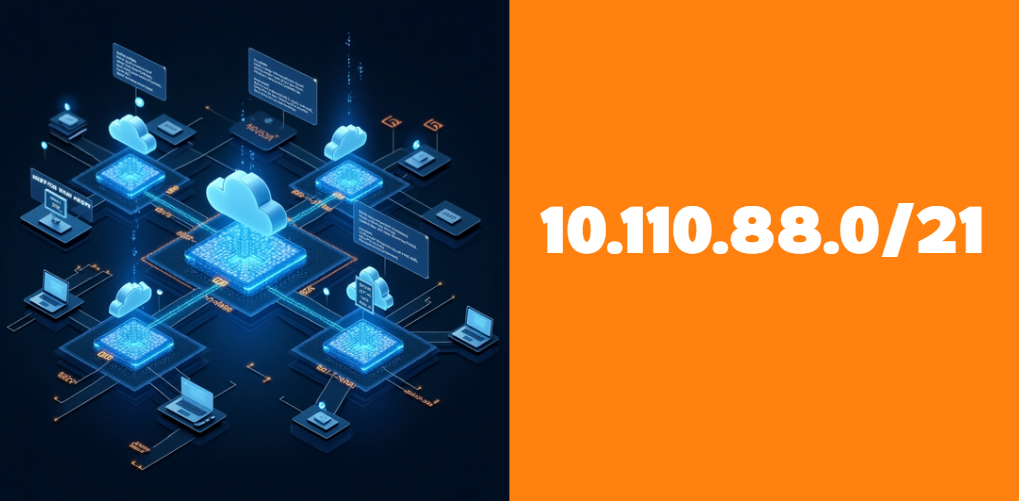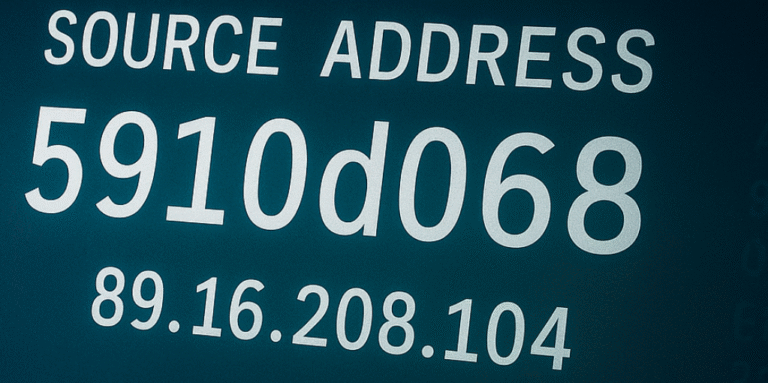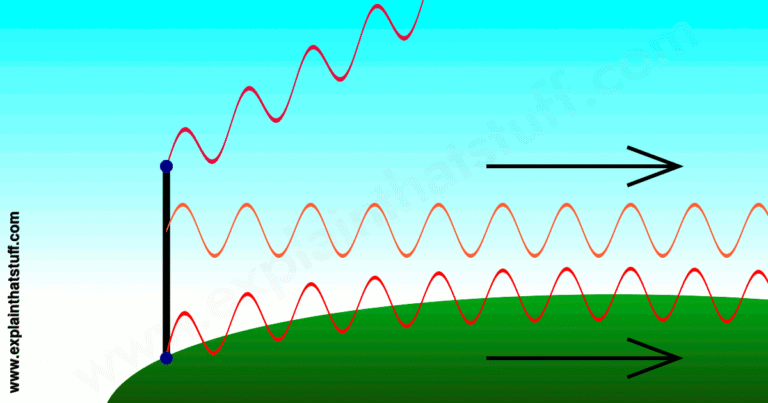Understanding 10.110.88.0/21: A Complete Guide to Private IP Subnetting and Usage
In the world of networking, understanding how IP addressing works is essential for managing devices, designing networks, and ensuring smooth communication. One common IP subnet that often comes up in enterprise, cloud, and private network settings is 10.110.88.0/21.
This subnet belongs to the private IP range and serves as a key part of internal networking structures. In this guide, we will break down every detail about 10.110.88.0/21, from basic concepts to real-world uses and setup examples.
What Does 10.110.88.0/21 Mean?
The address 10.110.88.0/21 uses CIDR notation to represent a subnet in the 10.0.0.0/8 private IP space. The /21 indicates that the first 21 bits of the IP address are reserved for the network portion, while the remaining 11 bits are available for host addresses.
This subnet contains a total of 2,048 IP addresses, of which 2,046 are usable for hosts. The first address is reserved for the network address, and the last one is for the broadcast address.
In simple terms, 10.110.88.0/21 is a large block of IPs commonly used inside organizations to connect thousands of devices such as computers, servers, access points, and IoT equipment. It is not routable on the public internet, making it a secure and scalable choice for internal infrastructure.
CIDR and Subnet Mask Breakdown
CIDR stands for Classless Inter-Domain Routing. In the case of 10.110.88.0/21, the CIDR notation translates into a subnet mask of 255.255.248.0. This mask means:
- First 21 bits: Network
- Remaining 11 bits: Hosts
Here’s a detailed table to explain what 10.110.88.0/21 includes:
| Parameter | Value |
|---|---|
| Network Address | 10.110.88.0 |
| Broadcast Address | 10.110.95.255 |
| First Usable IP | 10.110.88.1 |
| Last Usable IP | 10.110.95.254 |
| Subnet Mask | 255.255.248.0 |
| Total IPs | 2,048 |
| Usable Host IPs | 2,046 |
| CIDR Notation | /21 |
| IP Range Covered | 10.110.88.0 – 10.110.95.255 |
This large range is ideal for organizations needing thousands of internal addresses without breaking the network into smaller pieces.
Why Use 10.110.88.0/21?
People often search for subnets like 10.110.88.0/21 when they are planning or expanding private networks. This subnet is especially useful in environments such as:
- Enterprise Networks: When a business needs to connect a large number of endpoints—desktops, VoIP phones, security systems, and more—this subnet offers the flexibility and address space needed.
- Campus or School Networks: Educational institutions often segment different departments or buildings using separate subnets. A /21 can comfortably handle a large group of connected devices across multiple departments.
- Data Centers and Cloud Environments: Many internal cloud architectures use private subnets to handle traffic between virtual machines and services. Using 10.110.88.0/21 helps reduce complexity while ensuring each device has a unique IP.
- VPN and Remote Access: VPN systems assign IPs to users logging into the network. A /21 range offers enough IPs to serve hundreds or thousands of users simultaneously.
Subnetting 10.110.88.0/21 into Smaller Blocks
There are times when even within a /21 range, network administrators want to split the range into smaller subnets for better management or security. Here’s how that could work:
| Subnet (CIDR) | Subnet Mask | Number of Hosts | IP Range |
|---|---|---|---|
| 10.110.88.0/22 | 255.255.252.0 | 1,022 | 10.110.88.0 – 10.110.91.255 |
| 10.110.92.0/22 | 255.255.252.0 | 1,022 | 10.110.92.0 – 10.110.95.255 |
| 10.110.88.0/23 | 255.255.254.0 | 510 | 10.110.88.0 – 10.110.89.255 |
| 10.110.90.0/23 | 255.255.254.0 | 510 | 10.110.90.0 – 10.110.91.255 |
Subnetting allows administrators to group IP addresses based on departments, floors, or security zones while still keeping everything within the 10.110.88.0/21 parent block.
Security and Best Practices
Using a large subnet like 10.110.88.0/21 comes with the benefit of address flexibility, but it also means administrators need to apply proper security controls. The most common best practices include:
- Segmenting traffic using VLANs, even within the same subnet, for better isolation.
- Using firewalls or ACLs to control access between different departments or applications.
- Monitoring IP usage to avoid address exhaustion.
- Enabling DHCP snooping and ARP inspection to guard against spoofing attacks.
- Documenting IP assignments, gateways, and subnet breakdowns to keep the network organized and avoid overlaps.
Common Issues and Troubleshooting
Sometimes users face problems like IP conflicts or devices not communicating across the network. These issues often come down to incorrect subnet masks or misconfigured DHCP settings. Always double-check that:
- Devices are using 255.255.248.0 as the subnet mask.
- The IP range being assigned does not overlap with static addresses.
- The correct gateway is configured on all devices.
FAQs About 10.110.88.0/21
Can I use 10.110.88.0/21 at home?
Technically yes, but it’s overkill. A home network usually needs far fewer IPs than the 2,046 provided by this subnet.
Why choose /21 over /24?
A /21 gives you more IPs (2,046 usable) compared to a /24 (254 usable). It’s better for large environments where many devices must be addressed.
Is it safe for public use?
No, 10.110.88.0/21 is a private IP range and not routable on the public internet. You must use NAT (Network Address Translation) to reach external websites.
Final Thoughts
The 10.110.88.0/21 subnet is a powerful tool for network design, especially in internal and enterprise settings. With the right configuration and documentation, it can support thousands of devices while maintaining structure, scalability, and security.
Whether you’re planning a corporate LAN, a university campus, or a cloud infrastructure, understanding how this subnet works is key to efficient IP management. Make sure to apply best practices, document clearly, and plan for future growth when using 10.110.88.0/21.
Recommended Articles
Discovering the Future of Urban Mobility: A Deep Dive into lbx. ac/s/fivz4ms/
Exploring hlbalbums.pk Labollita: A Deep Dive into Music Archiving and Digital Curation
What is 32.32 2.32-4.84-4.84 65-97? Deep Meaning, Symbolism & Full Analysis
Etherions Team Faston: Complete Guide to the Controversial Crypto Project






